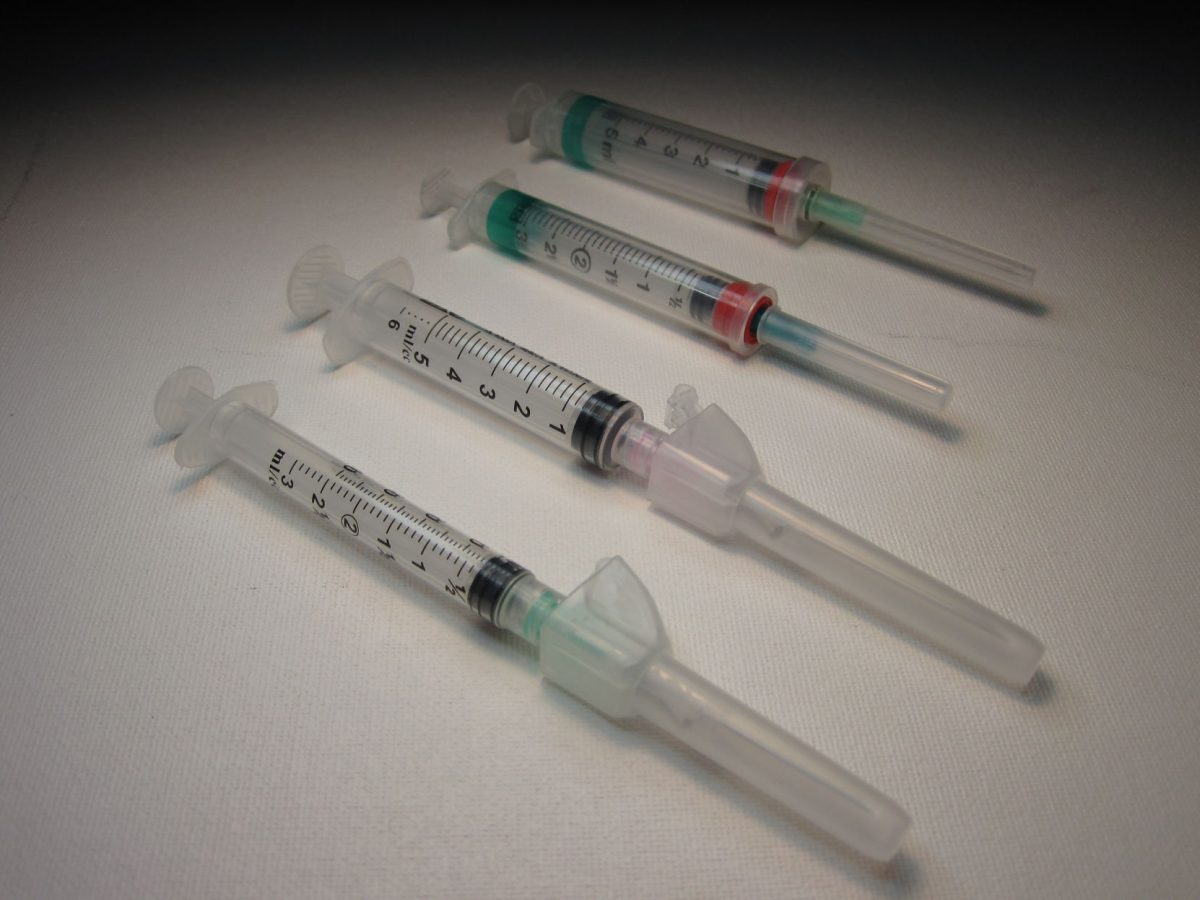Here at Clemson all students are required to receive several vaccines that help prevent illness and promote health. But have you ever wondered if the vaccines you were given were ineffective?
Imagine if the vaccine was stored at the wrong temperature and, therefore, ineffective in preventing illness. This happened recently with flu shots given to 900 students in New Jersey. A physician allegedly stored the vaccines at the incorrect temperature and the students were at risk of contracting the flu.
Vaccines have a small window of temperature survival typically between 35.6 F -46.4 F. Globally, tens of millions of vaccines are wasted due to this small temperature window.
Currently, scientists are trying to make the temperature and time parameters easy to abide by for storing vaccinations.
Freeze-dried vaccines have been developed, wherein the vaccine comes in a powder and a liquid, which are mixed together before injection. One major issue is that this method still requires refrigeration before and after mixing.
One researcher, Chris Fox, from the Infectious Disease Research Institute in Seattle (IDRI), is working on diminishing the need for refrigeration. So far, the IDRI has made progress with a thermostable tuberculosis vaccine that can withstand temperatures of 98.6 O F-122 O F for several months. The project is expected to extend into March of 2021 with the tuberculosis vaccine now moving into manufacturing and clinical trials.
Another study, published in Cell last year, by Jim Collins and his colleagues at the Massachusetts Institute of Technology demonstrated that the diphtheria vaccine could be made at the time of injection. This would end the need for refrigeration completely. However, Fox pointed out that this would be difficult in developing countries where medical equipment is less advanced.
Another developing idea involved in these thermo-stable vaccines is additives that can aid in the stability of the vaccines at higher temperatures. Silke Krol is the head of Laboratory for Translational Nanotechnology and the Laboratory for Nanomedicine. She and her colleagues research into alternatives other than the traditional sugar additive for stability.
Their paper published last November in Nature Communications, they tested the similar molecules of Miralax, polyethylene glycol, and gold atoms. They tested the two vaccines on mice and found that both additives protected the vaccine and its stability. Krol and her colleagues made improvements to the design stability of the vaccines, but still believe more testing and research are needed before manufacturing with new additives.
Although thermo-stable vaccines are on the horizon, the implications for developing countries with no need for refrigeration is that the technology can save millions of vaccines and immunize millions more people. This benefit could change the outbreak of bacterial, fungal, and viral infections globally.
Categories:
Tigra Scientifica: The trouble with temperature
Sydney Worrall, Contributor
March 30, 2017
0
Donate to The Tiger
Your donation will support the student journalists of Clemson University. Your contribution will allow us to purchase equipment and cover our annual website hosting costs.
More to Discover








